This is a guide for athletes traveling to India, what to expect and how to be prepared.
For athletes traveling around the world, there are challenges not only finding food that you like, but finding healthy food that can meet your requirements as an athlete. For someone traveling to a new country and culture, it may seem overwhelming. Sometimes it is just knowing where to look. This article is to help guide someone who is planning to travel to India in their chosen sport.
General Indian Food Guide
Style
Indian food is so well known around the world due to the many Indians living abroad. It is unlikely to not have a local Indian restaurant in your home town, or to never have tried Indian food. Indian food is also very diverse though, and you'll find different regions of the country have many differences in cuisine flavours. The spice trade and colonialism have also added to the variety of foods available in this country. But as a common theme, the food generally has rich spices and aromatics ingrained. The most common dishes would include curries served with rice and flat breads. It can be a hot country, but still they love their hot spicy food. India is not all about curries though, they offer a range of amazing options, all on offer to explore if you're game.
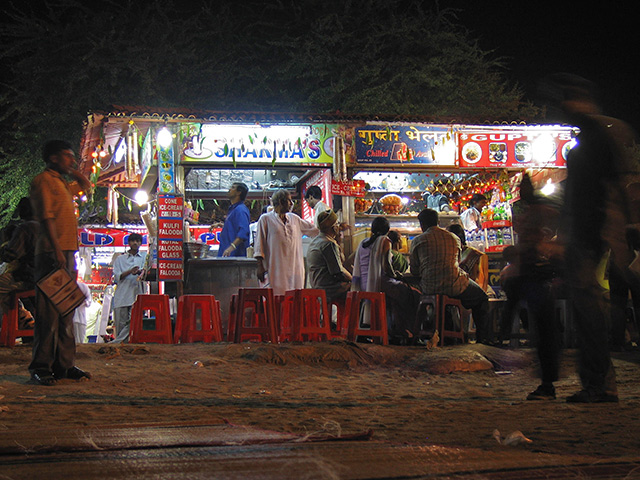 Indian food
Indian foodEating Establishments
There is an array of eating places from fancy restaurants to street side stalls, with everything in between. Many of the tourist hubs do cater to the more western palate, with some less-spicy options. It is advisable to stick to hygienic looking places for all meals before a competition, and reserve the more local, potentially less safe, but occasionally more interesting establishments for post-competition eating.
Self-catering
Self-catering is often the best option for traveling athletes. You will find many major supermarket outlets to purchase the food supplies you will need. There will be more options in the larger cities, but you will find smaller local 'mini-marts' in the smaller towns. It would be beneficial to Google search prior to departure to find some that are close to your accommodation, or you can even do an online grocery order delivered to your accommodation. If you don't like spicy food, self-catering would be the best option, and make sure your accommodation has the right facilities for your choice.
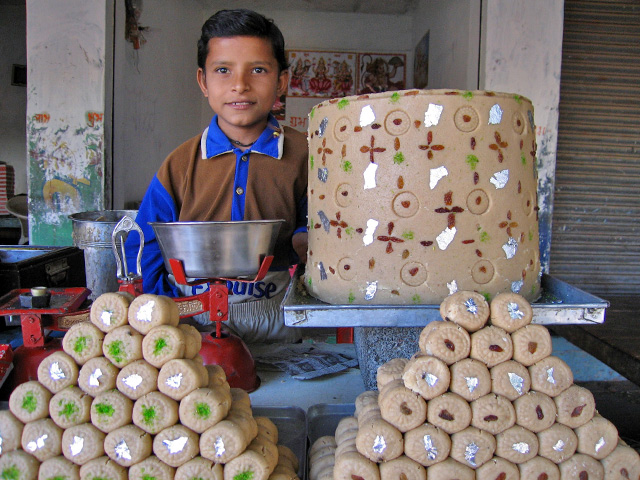 Indian sweets
Indian sweetsCosts
Restaurant meals in India are fairly inexpensive depending on the type of meal you are buying. Some of the local establishments are fairly cheap; however, you will need to determine the cleanliness of the place before choosing. More local eateries can have a poor level of hygiene, so be aware of this. There is a broad range all the way up to the more upmarket/tourist places which will be pricier, but will have a higher level of hygiene.
Where to Find Major Nutrients
Carbohydrates
Carbohydrates are the basis of this cuisine, with rice and flat breads being the staples, so there should be no problems getting enough. Rice is eaten all over India, with the type of rice varying in different regions. Flat breads are also common place, with a range of thickness and styles in differing regions.
The plentiful fruit selection, especially the tropical varieties, will add to your carbohydrate choices, if rice and bread are not your fancy!
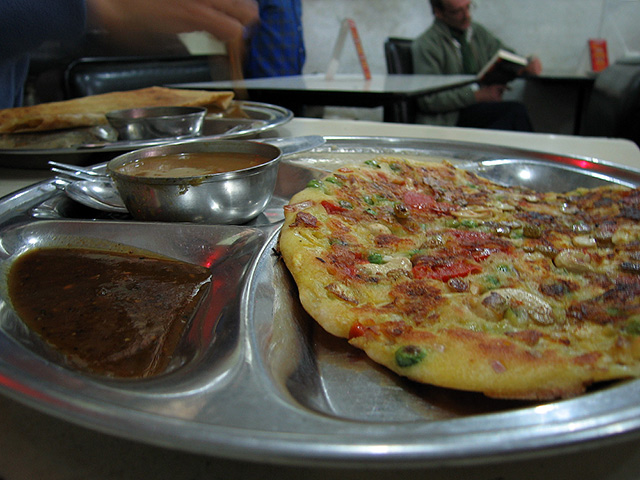 There are many carbohydrate options in India
There are many carbohydrate options in India Proteins
There is usually a small amount of meat included in meals in India, and it can often not be of the greatest quality. Eggs are a valuable source of protein included in many dishes; they come either boiled or stir-fried into a dish. Paneer (cottage cheese) is used a lot. Lentils and pulses are also very common with daal served commonly with meals. In regards to dairy foods, with cows being a sacred animal in the Hindu religion, India is the world's largest dairy producer. Dairy is well used in sweets and desserts, ghee and butter, as well as plain milk and curd, commonly used for the delicious and nutritious drink lassi. This can be a great protein source, and doubles as a hydration option too! Buffalo milk is also very common and used extensively here. You can always find plenty of coconut milk which is always used in curries, plus condensed milk which is used in desserts and for coffee. Although the latter types of milk are lower in protein than cows or buffalo milk.
Fat
Oil is used a lot in cooking especially with some of the curries; also coconut cream is commonly used in the saucier curries. Common snacks found on the streets are often deep-fried batters. Beware of these not only for the fat content, but mostly due to the higher risk of food poisoning as they sit for long periods in the hot sun. Avoiding deep-fried foods is the number one rule to help reduce fat intake. Thankfully curry dishes get served with steamed rice which keeps the fat content down. Include plenty of fresh fruits and order side dishes of vegetables to go with a meal to reduce the number of fatty meat options. Choose fish, or other seafood dishes too. Meals made from lentils should also have a lower fat content than meat-based meals.
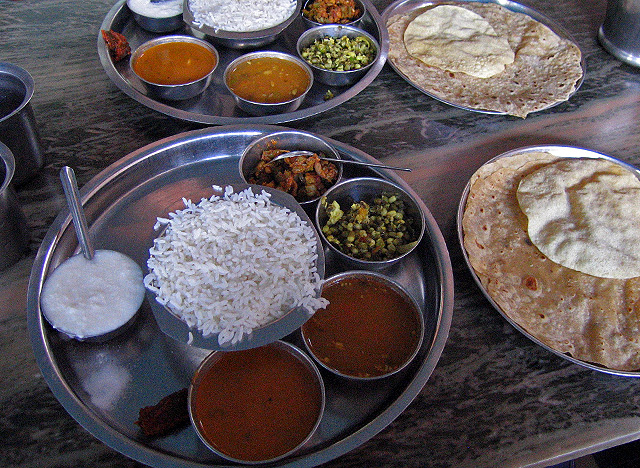 Thali meals provide a well rounded meals
Thali meals provide a well rounded mealsFruit & Vegetables
In this tropical environment there are so many beautiful juicy tropical fruits grown. Particularly sweet and juicy mango, melon, pineapple, papaya, jackfruit and guava grow prolifically here and are plentiful. Indians eat fresh fruit as snacks as well as use them, both ripe and unripe, in sweet and savoury dishes. An example is the locals not only eating ripe mangoes, but also eating them green with chili powder, which is surprisingly tasty but very hot.
Vegetables dominate Indian cuisine, and they are the basis of dishes far more often than meat, especially in the south. The most commonly used are potatoes, eggplant, green peas, cauliflower and onions. Tomatoes, carrots, squashes, mushrooms and okra are also used often, as are leafy greens like spinach and the tops of radishes, beets and fenugreek. Supermarkets stock all the usual stuff, plus some more unusual items (for westerners anyway), so if you are self-catering it is easy to get hold of most items you need, but you need to be flexible with your menu planning.
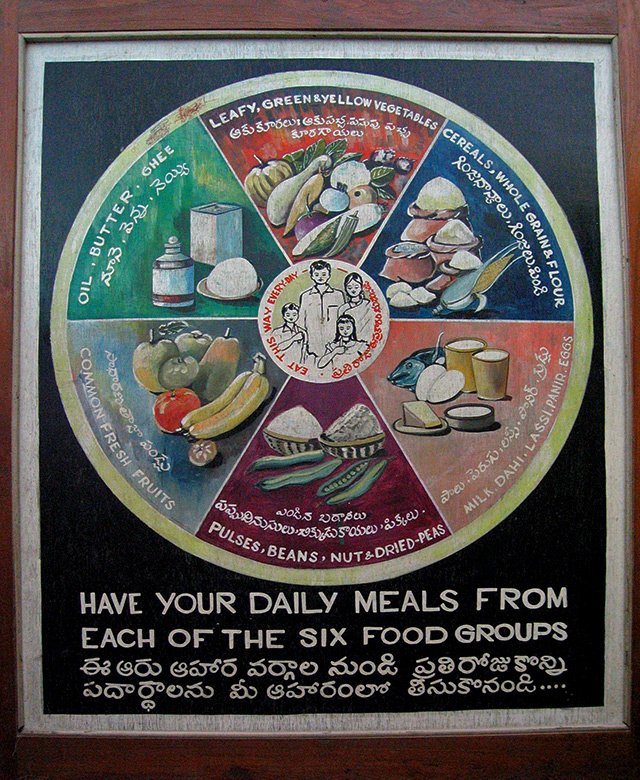 Indian Food Pyramid
Indian Food PyramidOther Considerations
Hydration
India has a very hot climate for much of the year, with a distinct wet season in the south increasing humidity and creating hydration challenges for travelers to this region. The further north you travel, the cooler the climate can be, bringing different challenges. Hydration for most athletes will become a real focus to maintain good hydration practices. Even when simply standing around and walking at a low pace, sweat rate can be high. Many venues are air-conditioned, but not to a chilling degree, but planning to stay indoors with air-con will help to keep you cool and reduce possible sweat rate.
See more information on hydration.
With such a hot climate, it is easy to access drinks, although they are not always well cooled. Freshly squeezed juices are popular, fresh coconuts are always hydrating with the carbohydrate and electrolyte content.
Sports drinks are becoming more readily available in India, and you can access a few different brands, with some interesting flavors. Some local alternatives to the big brands of Gatorade, include, Bodyfuelz Fastcharge, Glucon-D Isotonik in two refreshing flavours - lime burst and orange rush, Re Fuel Isotonic Drink, Electrokem ORS Drink, and India's first milk-based sports drink product called Stamina. Also available is the broader Asian favorite 100Plus.
Food Safety
India is a developing nation, and there are many aspects that are unclean, unhygienic, and you need to be careful when eating. Good practices for safe hygiene in India include:
- Always wash your hands before meals, there is usually a hand basin with soap at restaurants for this. Otherwise use waterless hand wash to ensure germ free hands.
- Be sure to choose freshly cooked food that is served hot, and avoid bain maries or eateries with food sitting out in the heat of the day.
- Avoid unpeeled fruits, locally washed salads, and undercooked foods
- Only eat seafood if you are near the coast, and if you are sure it is fresh
- Avoid street stalls and local markets where hygiene looks poor.
- Do not drink the local tap water; only drink bottled or sterilized water.
- Avoid ice in drinks
See more on food safety while traveling
Things they may need to bring from home?
Gels, supplements, medications, favorite snacks, UHT milk or meal replacement drinks, rehydration solutions, and sterilising tablets.
Related Pages
- Indian Food Discussion (The Travel Almanac)
- Sports Nutrition for the Traveling Athlete
- Travel Nutrition Guidelines for Athletes
- List of tips for travel – mostly for on the plane
- Food Safety — When traveling, foods and water can be a source of contamination and have the potential to make you sick.
- Guide to watching what you eat while traveling.
- If you are traveling to a hot climate, hydration also becomes a very important issue.
- Tips For Healthy Restaurant Eating — while traveling you may need to eat at restaurants.
- About Sport in India


 Current Events
Current Events